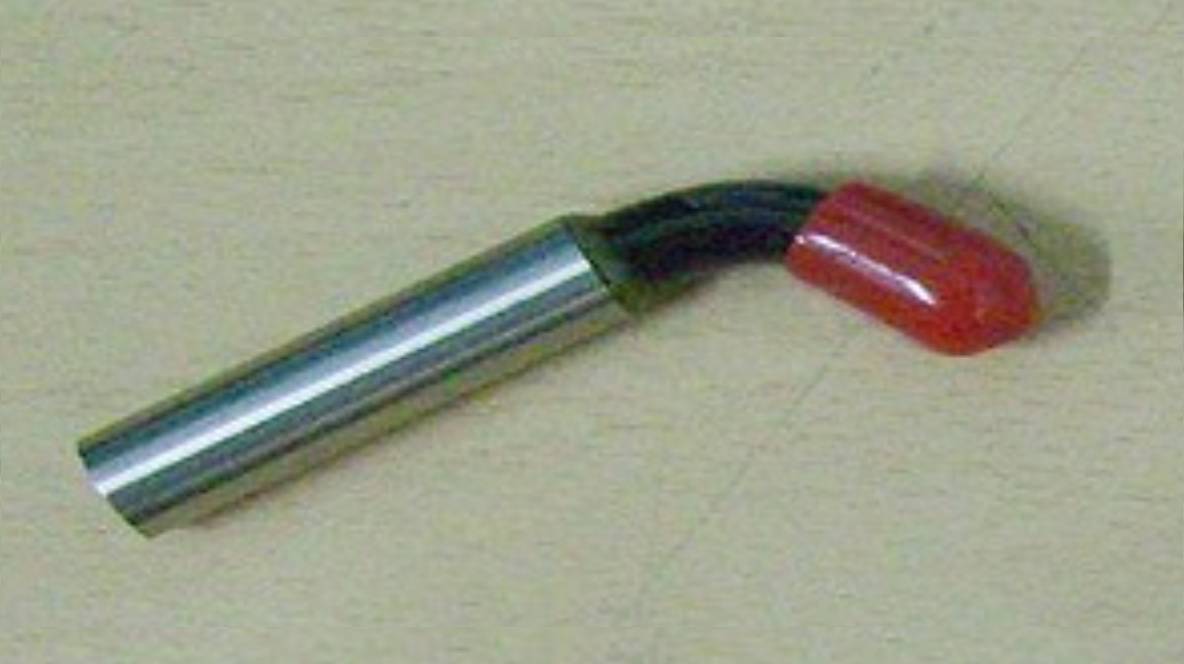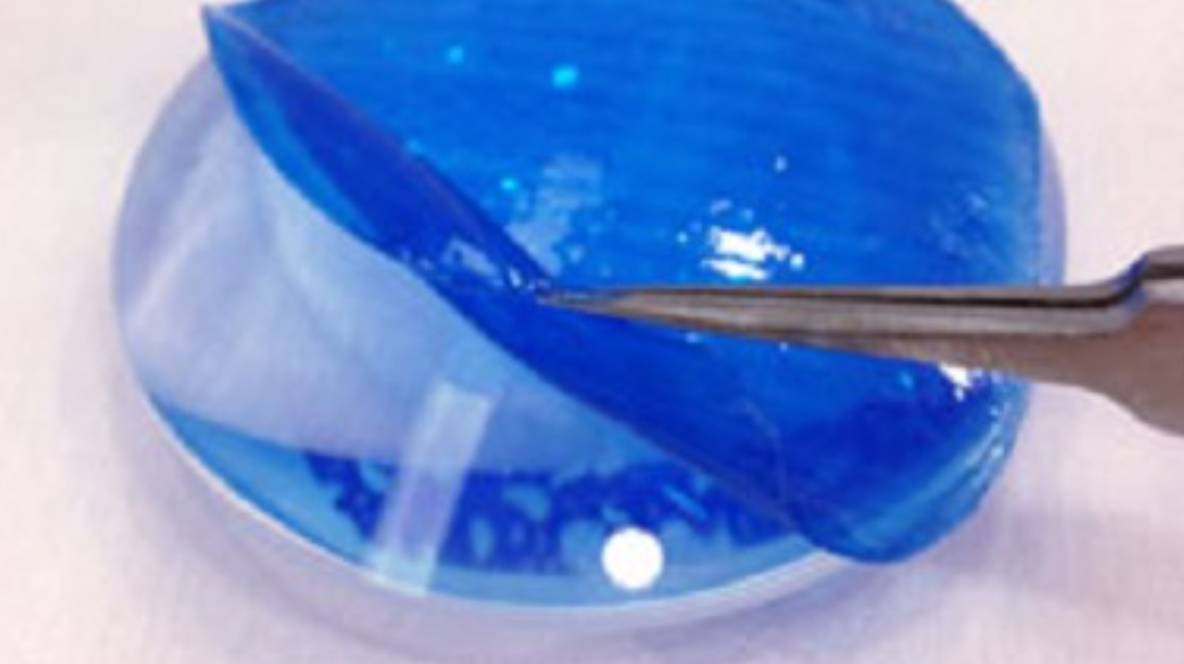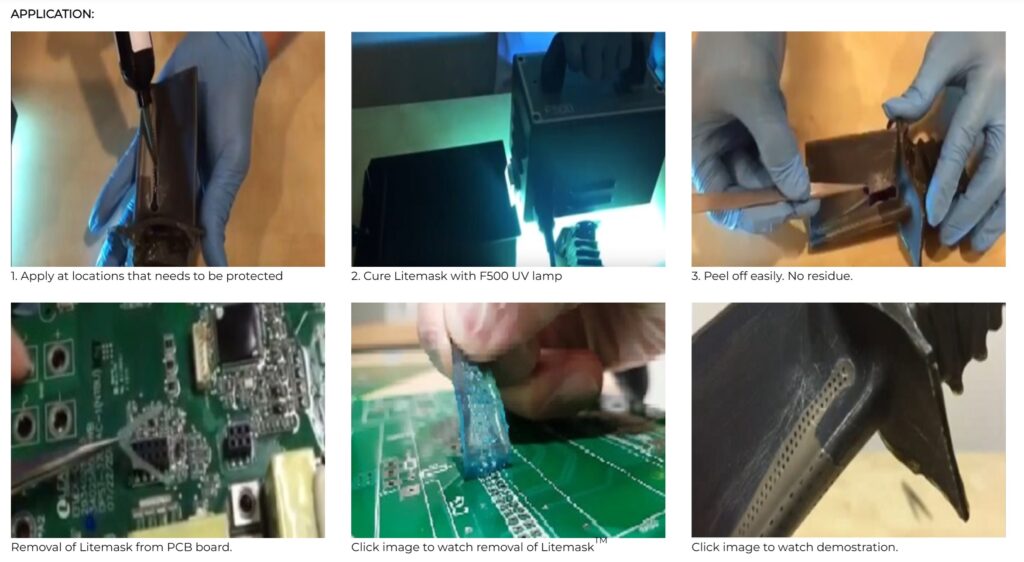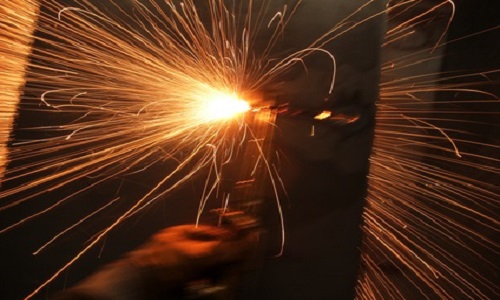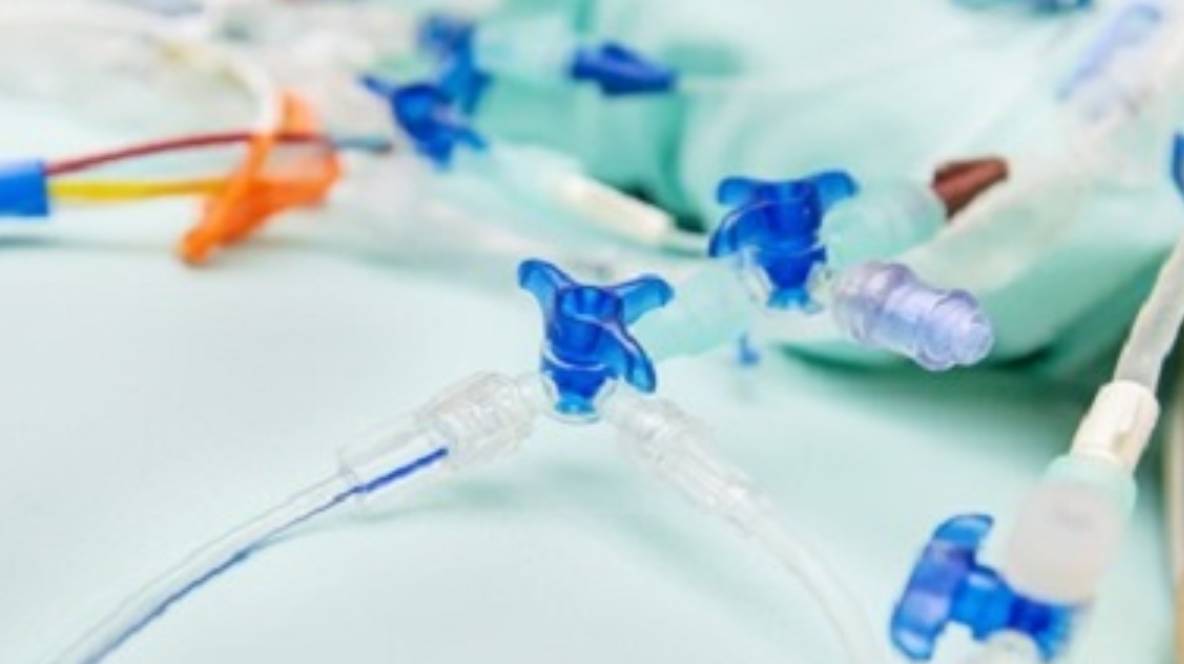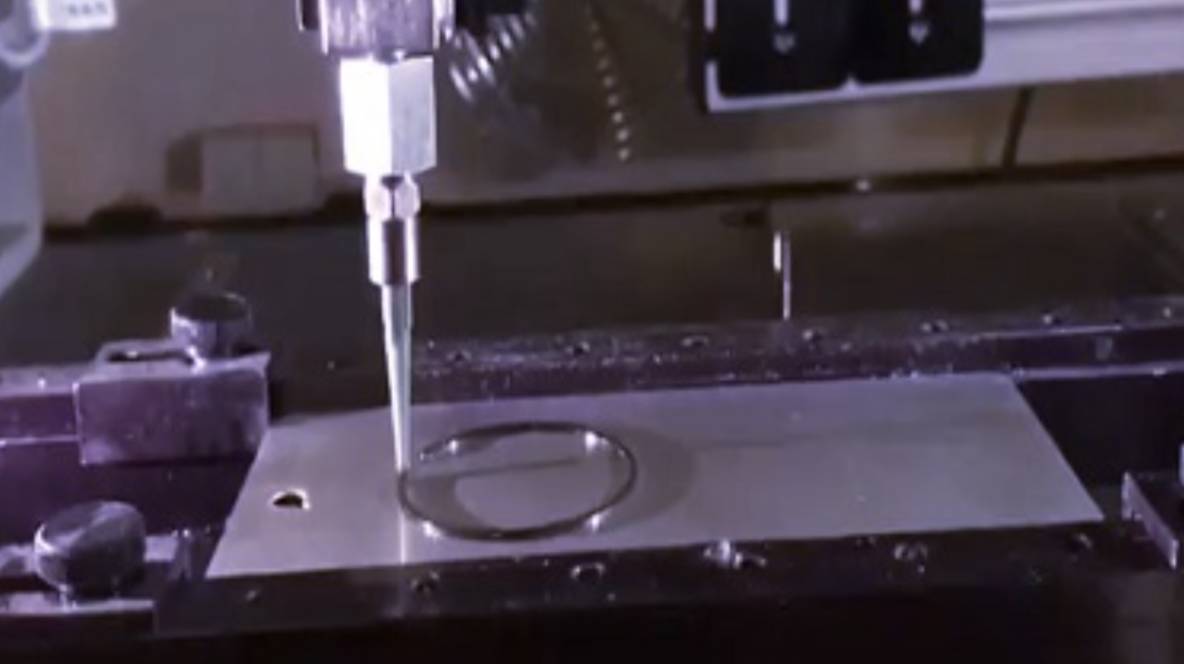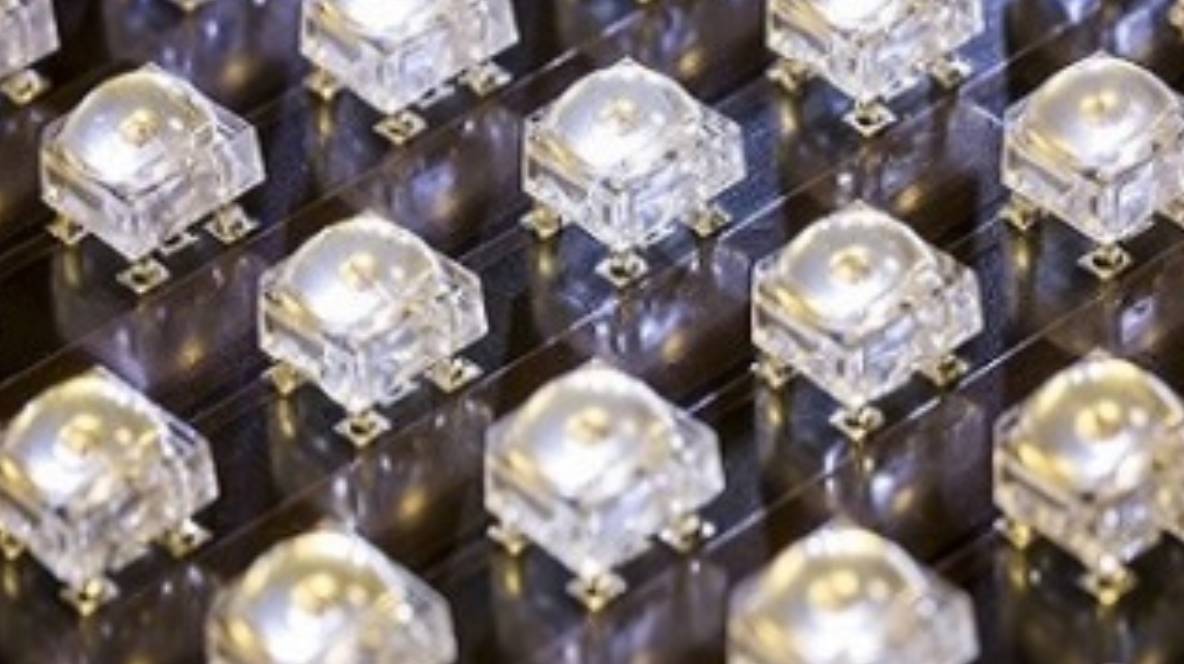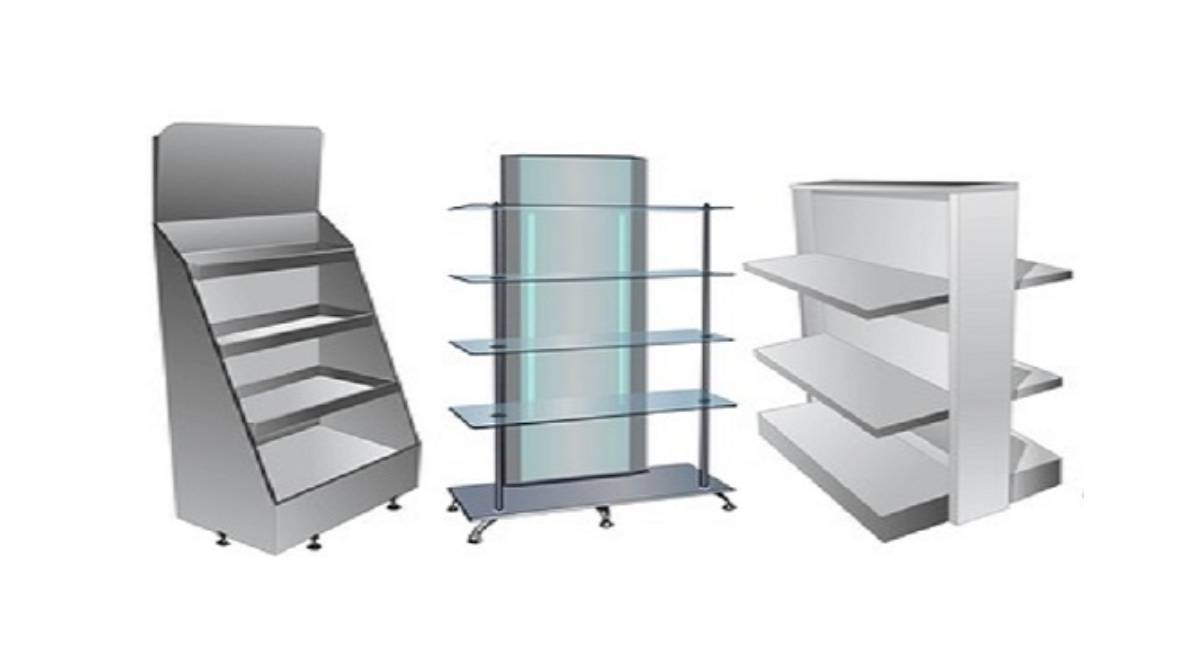Sharpen Your Focus: Lightguide Terminators for Enhanced UV/Visible Spot Light Curing
In today’s fast-paced manufacturing environment, achieving precise and efficient curing is paramount. UV/Visible spot light curing systems offer a powerful solution, but maximizing their effectiveness requires proper control of the light beam. Enter lightguide terminators – specialized attachments that enhance worker safety and optimize the curing process for UV/Visible spot light curing systems. This blog sheds light on the functionalities, advantages, and diverse applications of lightguide terminators, empowering you to achieve focused and efficient curing solutions.
What are Lightguide Terminators?
Lightguide terminators are attachments specifically designed for use with liquid lightguide (also known as light wand) delivery systems in UV/Visible spot light curing applications. They connect to the distal end of the lightguide, offering several key benefits:
- Enhanced Worker Safety: Lightguide terminators typically block ultraviolet (UV) light below a certain wavelength (e.g., 340 nm), minimizing exposure for workers and protecting them from potential UV-related hazards.
- Improved Beam Collimation: Certain terminators can collimate the light beam, focusing it into a tighter spot size for more precise curing on targeted areas.
- Reduced Glare: Terminators often help to reduce stray light and glare emanating from the lightguide tip, improving worker comfort and visibility during the curing process.
- Application Versatility: Available in various configurations with different angles (e.g., 60°, 90°) and functionalities to cater to specific application needs.
Benefits of Using Lightguide Terminators with UV/Visible Spot Light Curing Systems
- Enhanced Worker Safety: Reduced UV exposure promotes a safer working environment.
- Improved Curing Precision: Focused light beams enable more accurate and efficient curing of targeted areas.
- Reduced Risk of Over-Curing: Precise light control minimizes the potential for unintended curing of adjacent areas.
- Increased Productivity: Faster and more targeted curing can contribute to improved production efficiency.
- Enhanced Process Control: Certain terminators offer features like distance sensors to optimize curing parameters.
Applications for Lightguide Terminators with UV/Visible Spot Light Curing Systems
The versatility of lightguide terminators makes them ideal for various applications across diverse industries:
- Electronics Manufacturing: Precise curing of adhesives, encapsulants, and coatings on PCBs and electronic components.
- Medical Device Assembly: Targeted curing of adhesives and bonding materials in medical device manufacturing.
- Composite Bonding: Curing adhesives used in composite material bonding applications.
- 3D Printing Applications: Post-processing techniques like curing UV-curable resins for specific functionalities.
- Optical Component Manufacturing: Precise curing of adhesives used in the assembly of optical components.
- Automotive Applications: Curing adhesives and sealants in various automotive assembly processes.
Choosing the Right Lightguide Terminator
Selecting the optimal lightguide terminator requires considering several factors:
- Light Source Compatibility: Ensure the terminator is compatible with the wavelength of your UV/Visible spot light curing system.
- Desired Beam Profile: Choose a terminator with the appropriate angle (e.g., straight, angled) and collimation capabilities to achieve the desired curing spot size.
- Worker Safety Features: Prioritize terminators that offer adequate UV blocking capabilities for worker protection.
- Application Requirements: Consider the specific curing needs of your application, such as the need for distance sensors or other functionalities.
Shine a Light on Focused Curing Solutions
Lightguide terminators offer a valuable addition to UV/Visible spot light curing systems. By enhancing worker safety, improving curing precision, and streamlining processes, they empower manufacturers to achieve focused and efficient curing solutions. So, if you’re looking to optimize your UV/Visible spot light curing operations, consider incorporating lightguide terminators and illuminate a path towards a safer, more precise, and productive curing environment.
Incure NewGen Lightguide Terminators for UV/Visible Spot Light Curing Systems
60° Lightguide Terminator (5mm) for Precise UV Spot Curing Applications
90° Lightguide Terminator (5mm) for Precise UV Spot Curing Applications
60° Lightguide Terminator (8mm) for Precise UV Spot Curing Applications
90° Lightguide Terminator (8mm) for Precise UV Spot Curing Applications
